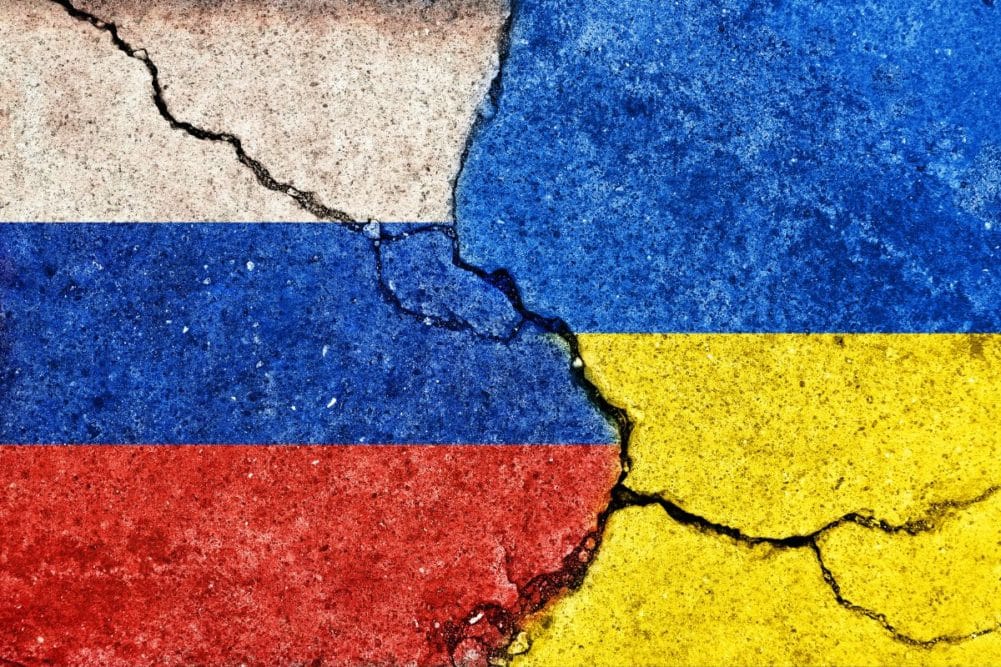
As if the Russia/Ukraine war was not enough to deal with, the region has been enduring a very dry summer. Crop stress in the region is peaking for the third time this growing season with very warm to hot temperatures and limited rain. Soil moisture has never been much more than marginally adequate since spring. Recently, the Balkan countries and western Ukraine have joined in on the dryness just in time for the filling of summer crops, raising the potential for a little more loss in production.
Rainfall since early spring has been below normal in Russia’s southern region along with portions of eastern Ukraine and western Kazakhstan. There have been a few bouts of timely rain, but they did not prove to be enough to seriously improve production for the season. It is already well known that Russia’s winter wheat crop was reduced this year because of this dryness and due, in part, to late-season freezes. Winter wheat, barley and rapeseed were all affected by the strangely dry spring season with the short-term bout of cold.
Since that time, there was a short-term period of improved weather that helped get spring crops planted and off to a “fair” start. However, two important periods of high pressure aloft settled into western Russia resulting in the disruption of timely rainfall and the evolution of warmer-than-usual temperatures. The two periods of dominating ridges of high pressure fell perfectly into a past weather bias in which years that began with El Niño and ended with La Niña resulted in poor production for at least a part of western Russia, Ukraine and sometimes Kazakhstan.
The situation this summer did not seem too bad earlier in the growing season because a few showers managed to pop up just often enough to satisfy early season crop development. The development and dominance of high pressure aloft did bring in periods of warmer-than-usual weather that accelerated drying and induced crop and livestock stress, but the situation never seemed to prevail long enough to induce a “crisis” in production.
Most recently, a third bout of high pressure aloft has evolved, and it has occurred in the traditionally warmest period of summer, resulting in hotter temperatures and less crop toleration of the heat. The heat was more punishing to crop development due to already weakened crop conditions and poor soil moisture. Crop stress with this third round of warm and dry weather has been notably greater, resulting in larger potential yield losses in Russia’s southern region and eastern Ukraine.
The last two bouts of warm and dry weather this summer have expanded the driest area to the north and west with this latest bout of drying having the greatest expansion. Portions of Russia’s central region and the Balkan countries of southeastern Europe are now included in the driest and warmest weather. The situation already had prevailed for about 10 days upon this writing and the forecast was for little to no change through the first full week of September.
If that persistence of heat and dryness verifies, there is little chance that unirrigated corn, soybeans, sorghum, sunseed, sugar beets or potatoes produced in the region will escape some negative impact. For many crops in Russia’s southern region, western Ukraine and the Balkan countries of Europe, the most stressful conditions have come late in the summer, limiting the impact on production cuts, but some loss is anticipated.
The most serious production cuts will come from the eastern half of Ukraine and Russia’s southern region, which is already war torn and might not have produced that well anyway. Because of the war, the impact of dryness in the region may have a low impact on the world supply and demand expectations. This may especially be true with India, China, western and northern Europe and the United States all expected to produce well this summer. Without another important area of world grain and oilseed production suffering from production cuts, the issue in southwestern Asia and southeastern Europe may prove to be inadequate supporting the commodity trade. The market perception is that all is well in the world and grain and oilseed supply.
Looking ahead
So, what about the future? Many traders and analysts are focusing in on Australia, Brazil and Argentina for a sign of change in the supply of grain and oilseeds as we move into 2025. World Weather, Inc. does not foresee a doom and gloom production outlook.
Australia’s winter wheat, barley and canola are well established in most of the south and poised to begin spring growth favorably. Queensland is the only state with a dryness problem, and it has been very warm recently. The outlook is calling for change, though, with rain resuming in mid- to late-September in time to support winter crops and in time for the planting of summer crops.
Argentina is also quite dry in the west-central and northwest. It too is expected to see improved rainfall in the second half of September and October that should provide improving conditions for winter crops and for the planting of early season summer crops.
La Niña is still being touted by some forecasting agencies, though World Weather, Inc. believes it will either not develop or it will be so weak that it will be considered a “non-traditional” event, eliminating concern over Brazil summer rainfall threats and supporting a favorable outlook for 2024-25 production.
